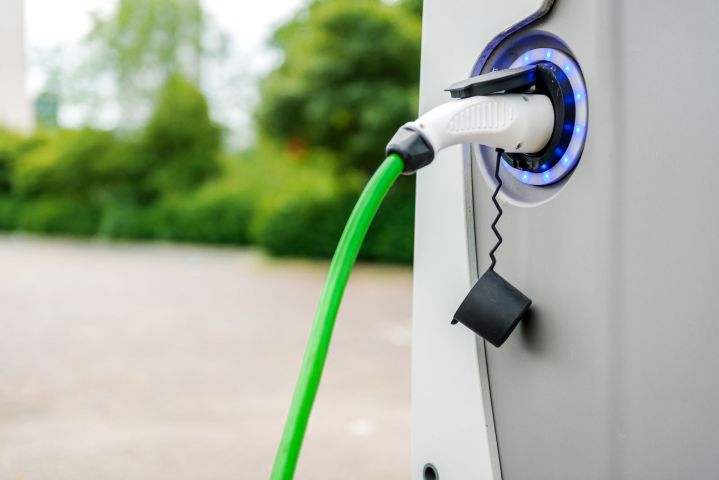
Uber is going electric, and it’s not afraid to spend the money to do so. On Tuesday,June 19, the transportation giant unveiled a new program that provides drivers will financial incentives to use electric vehicles rather than traditional gas guzzlers. In addition, Uber is building specific features into its app for EV operators, and is also partnering with non-profits and researchers from the University of California Davis in order to find ways for Uber and lawmakers to encourage EV adoption. The announcement comes a couple months after Lyft unveiled its own program to offset carbon emissions.
The program is called the EV Champions Initiative, and has a goal of delivering at least five million EV rides across the Uber network in the next year. The Initiative has gone live thus far in seven cities — Austin, Los Angeles, Montreal, Sacramento, San Diego, San Francisco, and Seattle — and while the benefits to being an EV partner differ a bit in each city, the end goal is the same: to “better equip both plug-in electric and full battery electric vehicle drivers for success.”
“We see the writing on the wall,” said Adam Gromis, Uber’s head of sustainability, in an interview with the LA Times. “Unless we can be delivering a more efficient form of mobility, we won’t be providing a good solution that cities need. That’s why we’ve gone into bikes. That’s why we’re working with transit. That’s why we’re focused on electrification.”
In San Diego, EV drivers will receive a dollar-per-ride bonus if they drive plug-in hybrids or fully electric vehicles. They’ll get a total bonus of up to $20 a week. In LA, while drivers won’t get any monetary bonuses, they will get educational assistance. Uber will alert EV drivers to special benefits like state rebates, the Southern California Edison clean fuel rebate, HOV-lane access for single occupants, and Los Angeles-specific rebates on the installation of electric chargers, the LA Times notes.
As for the app updates, EV drivers will be alerted if the trips they take will last more than 30 minutes, so they can ensure that they’re properly charged. Plus, riders will be notified if they’re being picked up by an EV driver (so that they can feel good about themselves, too).
“At Uber, we’re committed to facilitating reliable transportation for everyone, everywhere, and making our cities more efficient and less reliant on personal car ownership. One important part of realizing this vision is increasing electrical vehicle (EV) adoption,” Uber noted. “We’re excited to continue working with riders, drivers, and cities around the world to facilitate access to more sustainable transportation and work towards solutions that can improve our lifestyles and our cities.”


